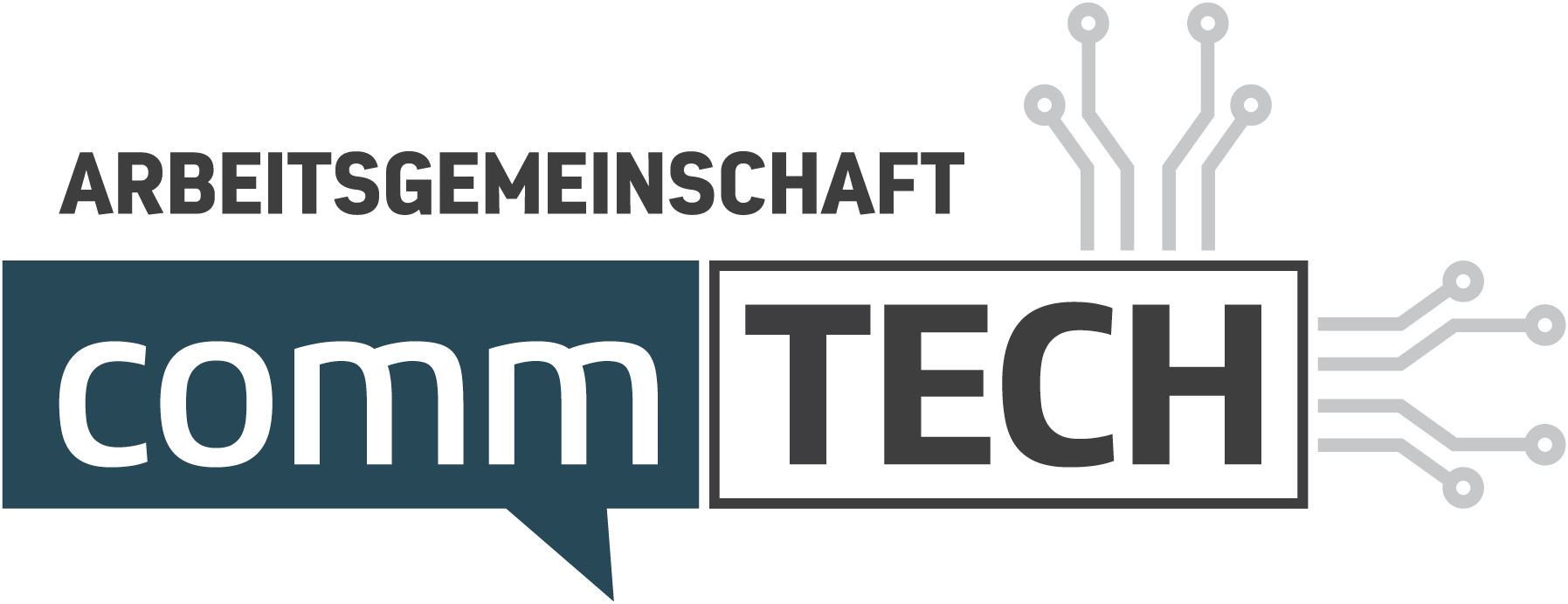- 7. May 2024
- Posted by: Christina Rettig
- Category: NEWS

The human factor of CommTech – Impulses from the organization ideas workshop

While CommTech opens up new opportunities to reach stakeholders and relieve them of volume tasks, its introduction presents organizations with considerable challenges. Many communications departments are traditionally structured as line organizations. Adapting processes and collaboration quickly and flexibly to new technologies is not easy in such established structures. How to approach it? Interested parties in the Organization cluster discuss this once a month in a relaxed exchange of experiences.
There is a practical impulse at the beginning. In previous meetings, Oliver Lönker (Siemens Healthineers) and Philipp End (Munich Re), for example, described how they are experiencing the CommTech transformation in their organizations.
The bottom line: Successful implementation of CommTech requires more than a good tech stack. The primary aim is to adapt team structures in order to promote interdisciplinary cooperation and continuous learning. It is also important to define clear responsibilities for the tech stack itself: Who is the main contact person for which tool, and what processes are in place for this? This involves breaking down hierarchical barriers within and between departments in order to improve the flow of information – a process that can take several years.
Generating support for change
The management level plays a decisive role in that it communicates the target image for the digital transformation, actively supports the change and serves as a role model. But that alone is not enough. For CommTech to be successful, it needs not only interested individuals, but also a critical mass that builds up sufficient momentum.
Accordingly, a culture that is open to experimental thinking and the sharing of knowledge has the best prerequisites for CommTech. This includes encouraging employees to try out new technologies, “allowing” mistakes and promoting constructive feedback. Training is essential to ensure that communications teams have the skills and knowledge to use CommTech effectively. They can even serve as an incentive.
Summary of our meetings so far
The introduction of communication technologies in PR is a complex process that goes far beyond technical implementation. Which organizational structure is best suited for this also depends on the given circumstances and the willingness to change – not only of communication departments themselves, but also of neighboring disciplines such as marketing or IT. Agile and project-based structures offer an advantage here. However, it can also make sense to run two systems in parallel. In this case, parts of the communications department continue to be managed as a line (e.g. a traditional press office), while integrated campaigns take place in agile teams consisting of communications, marketing, sales and other departments.
Our previous meetings have confirmed this: Successful digital transformation requires profound changes in organization and collaboration, with the focus on the human factor – not systems and tools. Agile structures and a culture willing to learn pave the way for fully exploiting the opportunities of CommTech. Only then will it be possible to integrate new technologies in a meaningful way and take communication work to a new level.
Anyone interested in the exchange dates is welcome to register for the upcoming meetings at oliver.loenker@siemens-healthineers.com.

